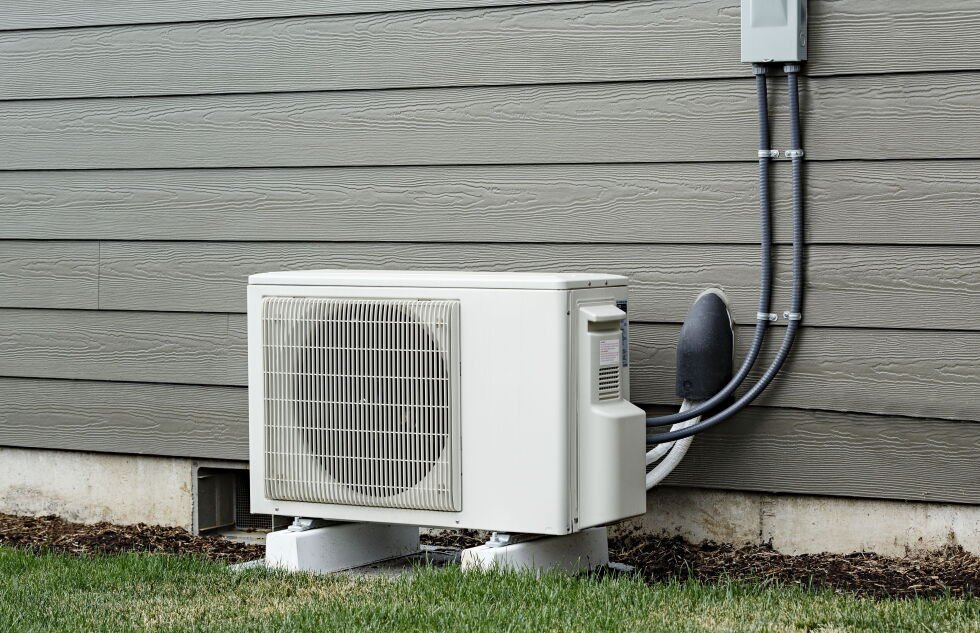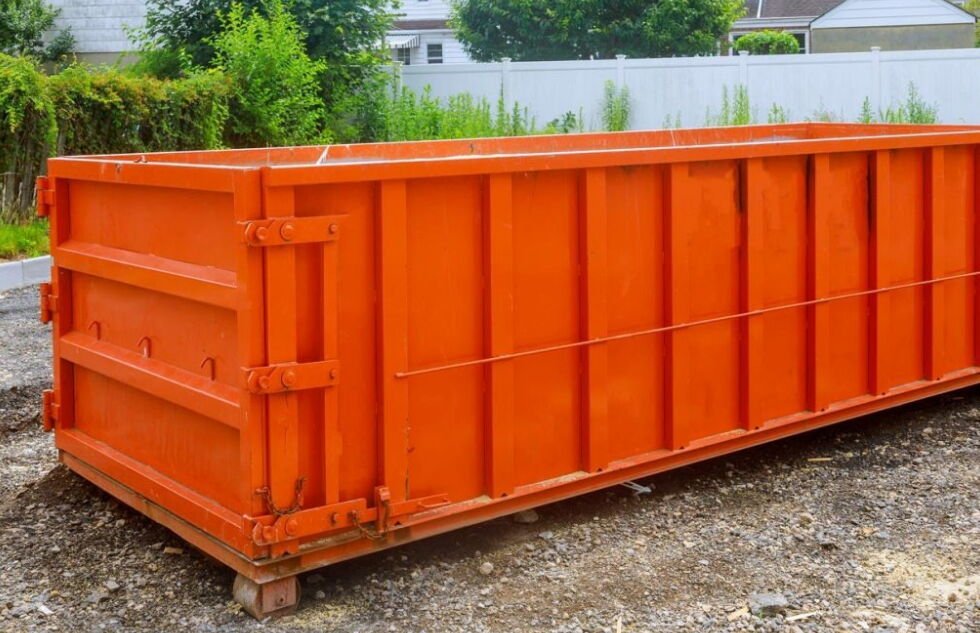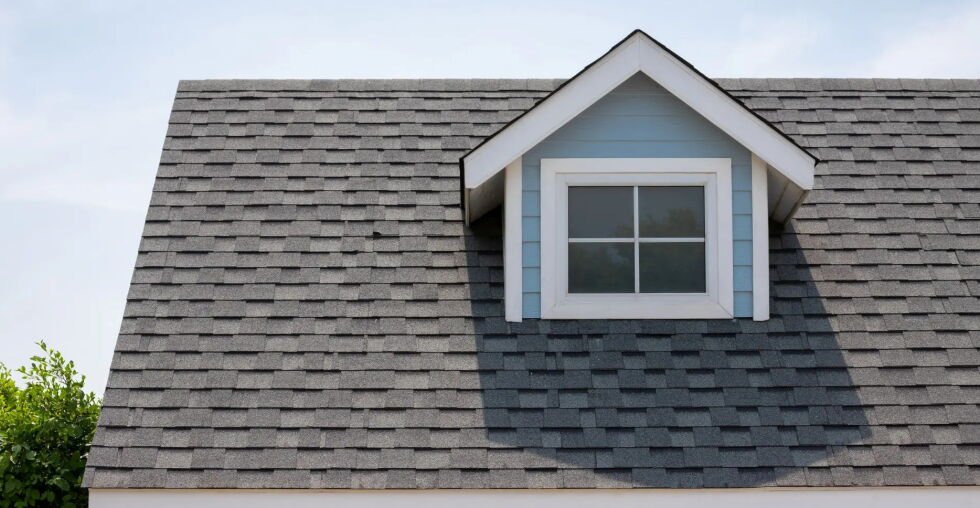Understanding Ductless Mini-Split Systems
Ductless mini-split systems offer a sophisticated approach to home heating and cooling. Unlike traditional HVAC systems that rely on extensive ductwork, mini-splits consist of two main components: an outdoor compressor unit and one or multiple indoor air-handling units. This design not only saves space but also enhances energy efficiency, making it a highly desirable option for modern homes.
How Mini-Split Systems Operate
At the core of ductless mini-split systems is a technology that allows for personalized climate control in various rooms. The outdoor unit compresses refrigerant, which is then circulated through a conduit to the indoor units. Each indoor unit can be independently controlled, allowing homeowners to tailor the temperature in different spaces according to personal preferences. This unique ability to zone temperature control leads to greater comfort and energy conservation.
Advantages of Ductless Mini-Split Systems
Ductless mini-splits offer numerous advantages over conventional HVAC systems. Firstly, their compact design allows for installation in spaces where ductwork would be impractical or impossible. Additionally, they operate quietly, often enhancing the overall ambiance of a home. Energy savings are significant; these systems typically use 20-30% less energy than their ducted counterparts, addressing both environmental concerns and reducing utility bills.
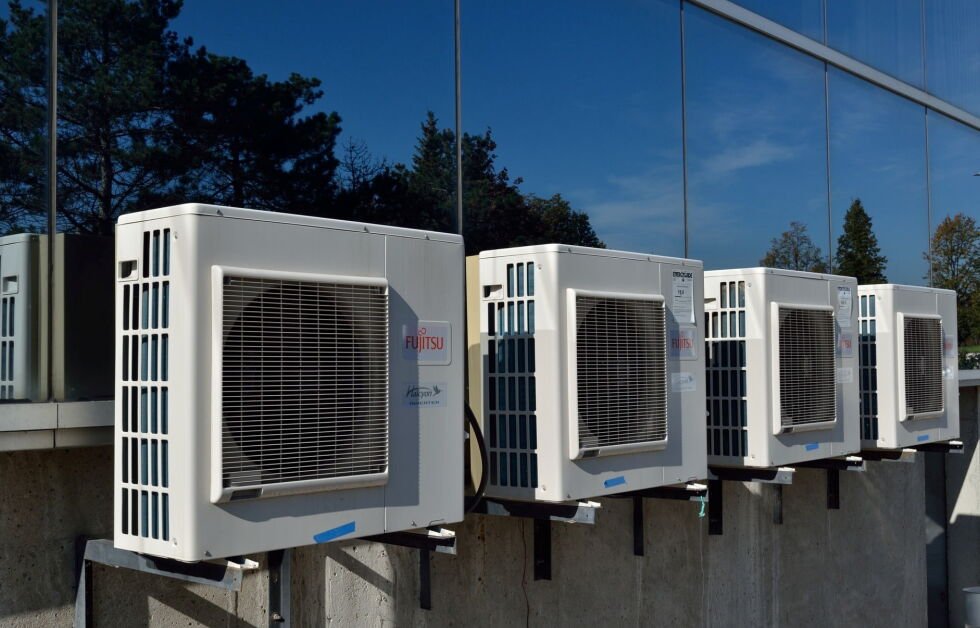
Energy Efficiency: A Key Benefit
Energy efficiency is perhaps the most compelling reason to consider ductless mini-splits. Traditional heating and cooling systems can suffer from energy loss through ducts, with up to 30% of heated or cooled air escaping. Mini-split systems eliminate this issue, allowing for direct air flow, thereby maximizing comfort and minimizing energy costs. Their inverter technology also allows for variable compressor speeds, providing just the right amount of heating or cooling needed at any given time.
Installation: What to Expect
The installation of a ductless mini-split system is straightforward compared to traditional HVAC installations. After a consultation, the technician will choose optimal locations for the indoor and outdoor units. The process involves drilling a small hole for the refrigerant line and power cable—this can typically be done in just a few hours. The minimized invasive procedures mean that you can enjoy your new system without the lengthy disruption associated with conventional installations.
Maintenance Essentials for Longevity
To keep ductless mini-split systems running efficiently, regular maintenance is essential. Homeowners should clean or replace filters every month, check for leaks, and schedule professional maintenance at least once a year. These practices ensure optimal performance and extend the lifespan of the units, which can last over 20 years with proper care. Regular maintenance not only enhances efficiency but also contributes to better indoor air quality.
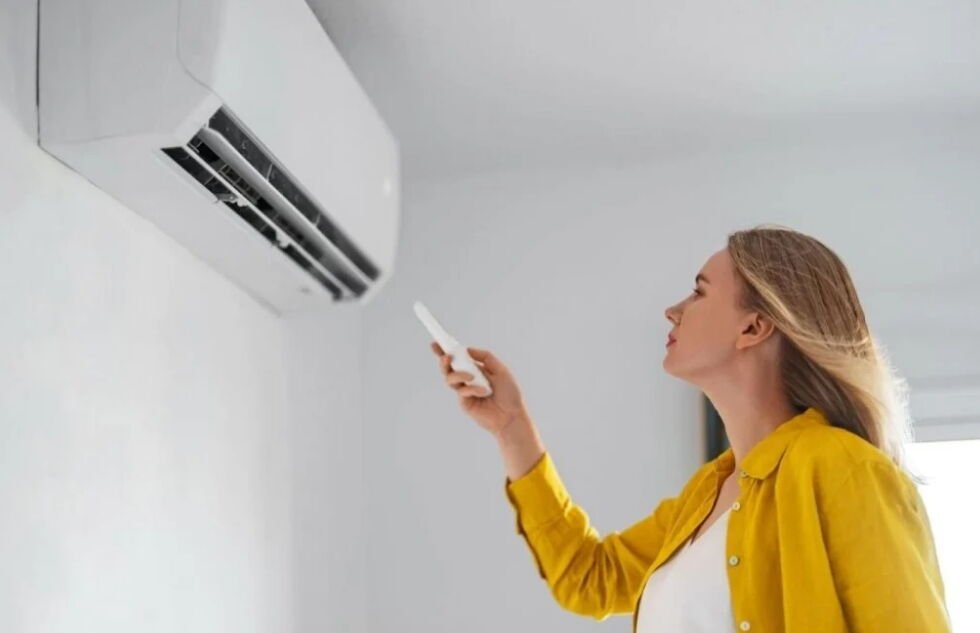
Comparing Ductless Mini-Splits with Traditional Systems
When evaluating HVAC options, it’s essential to compare the functionality, cost, and efficiency of ductless mini-splits versus traditional systems. For homes with existing ductwork, traditional systems may seem more cost-effective initially. However, the long-term energy savings and reduced need for repairs and maintenance with ductless systems can make them a more economical choice over time. Additionally, the flexibility of mini-splits makes them ideal for home expansions or retrofitting in spaces without ductwork.
Conclusion: Making the Right Choice for Your Home
In conclusion, ductless mini-split systems represent a modern solution for heating and cooling needs, especially as homeowners become more conscious of energy efficiency. With their myriad benefits, including ease of installation, flexibility, and cost savings, mini-splits are worth considering for anyone looking to optimize home comfort. Investing in a ductless mini-split system not only enhances your living space but also contributes to a more sustainable lifestyle.
FAQ
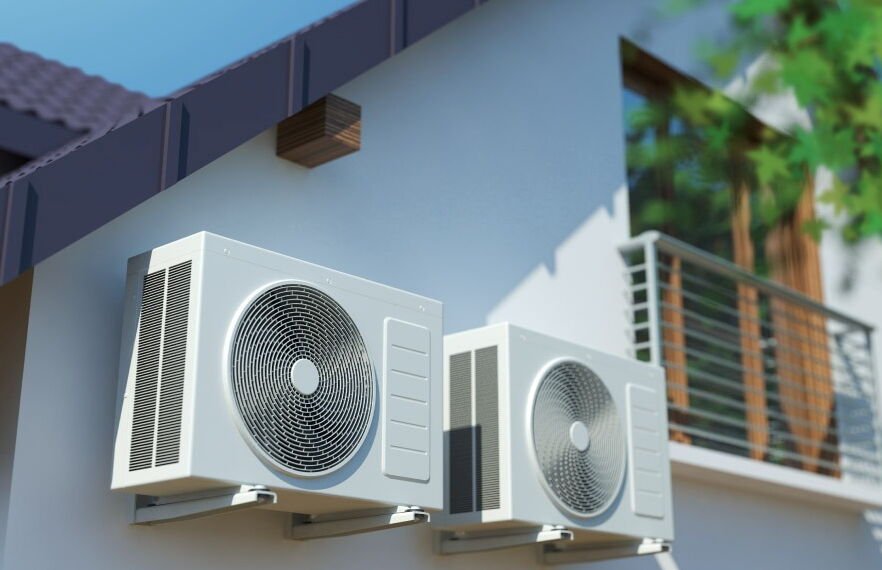
How much do ductless mini-split systems cost?
The initial cost of ductless mini-split systems varies based on the number of indoor units and the complexity of installation, typically ranging from $3,000 to $5,000. However, the energy savings can lead to a significant return on investment over time.
Can ductless mini-splits be used for heating as well?
Yes, ductless mini-split systems are capable of both heating and cooling spaces. Most units come with a ‘heat pump’ feature that allows for efficient heating, making them a versatile choice for year-round climate control.
Are ductless mini-splits noisy?
No, ductless mini-split systems are known for their quiet operation. The indoor units operate at noise levels comparable to that of a whisper, allowing for a peaceful indoor environment.
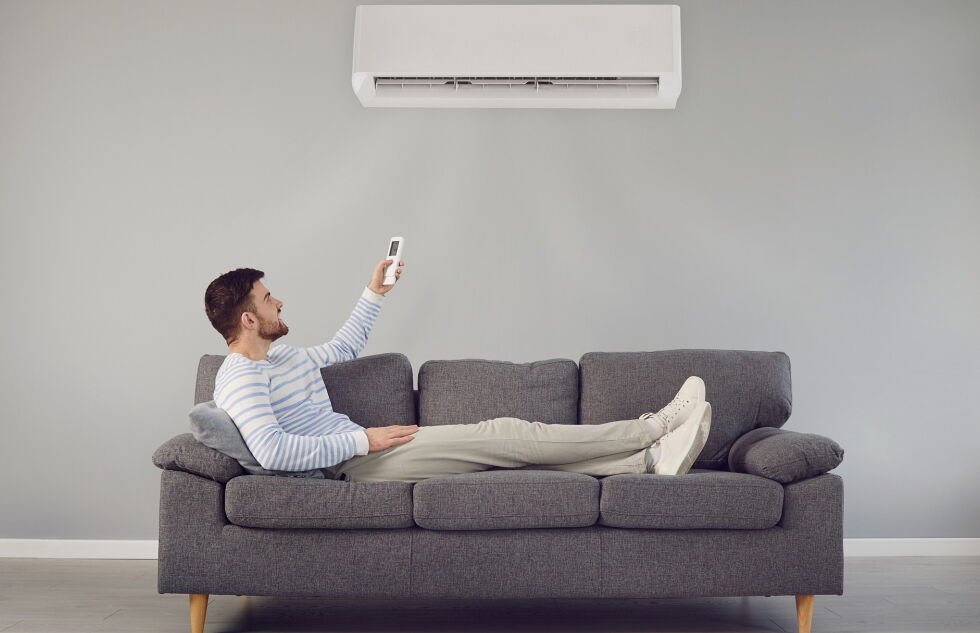
What is the lifespan of a ductless mini-split system?
With proper maintenance, ductless mini-split systems can last over 20 years, making them a durable choice for long-term home comfort solutions.
Can I install a ductless mini-split system myself?
While some DIY enthusiasts may attempt to install ductless mini-splits, it is strongly recommended to hire a professional. Correct installation is crucial for efficiency and performance.


